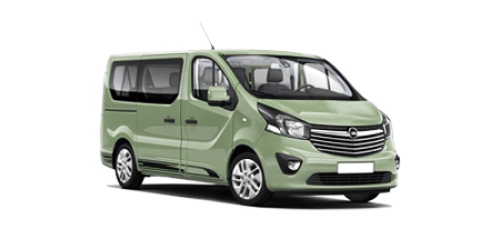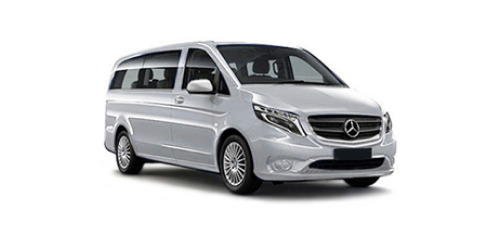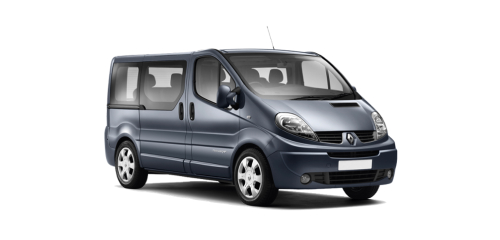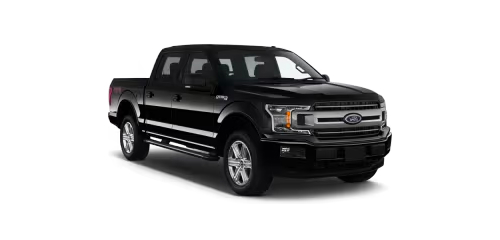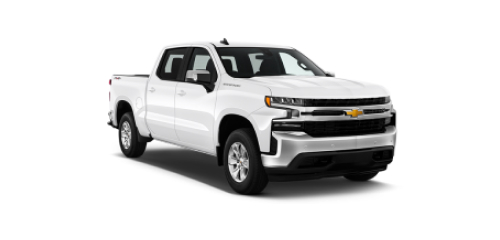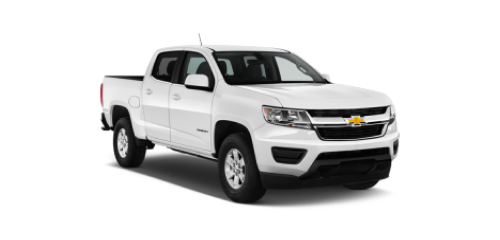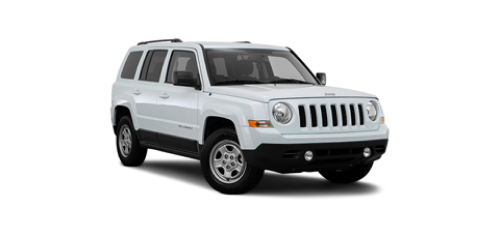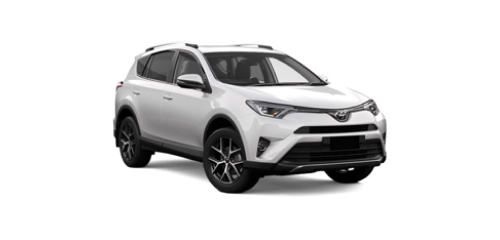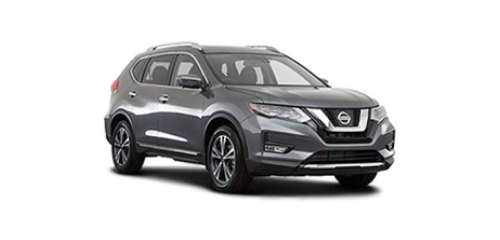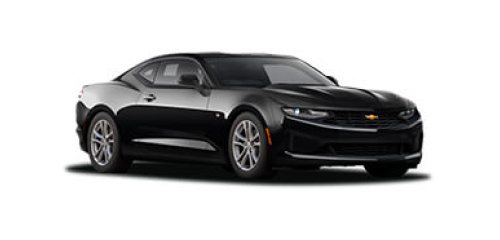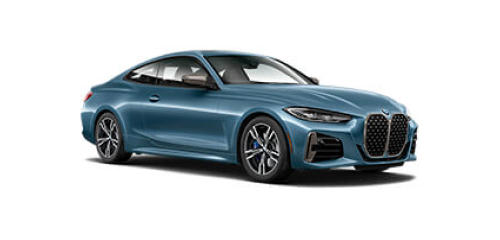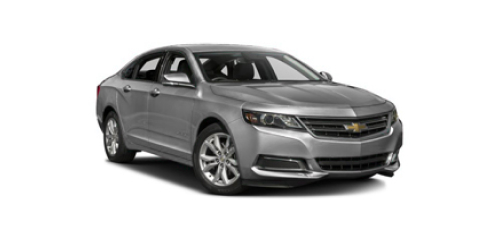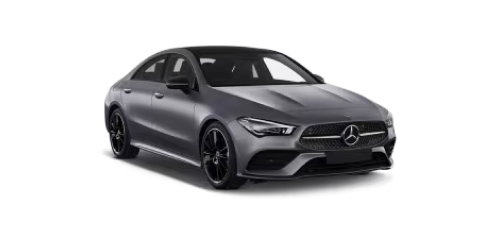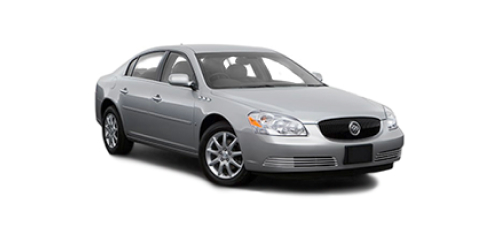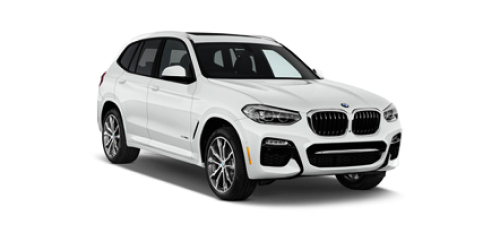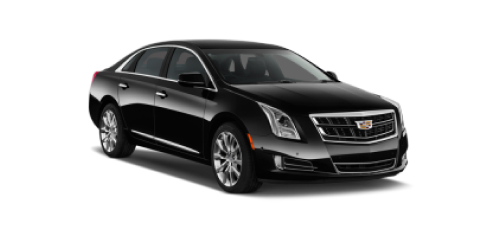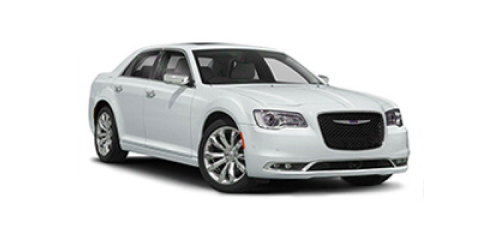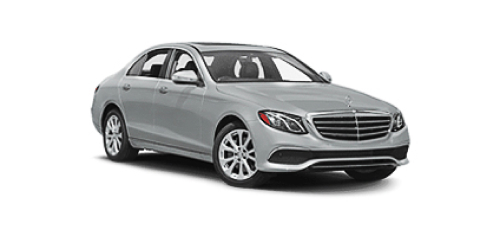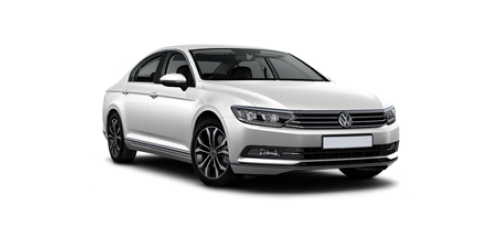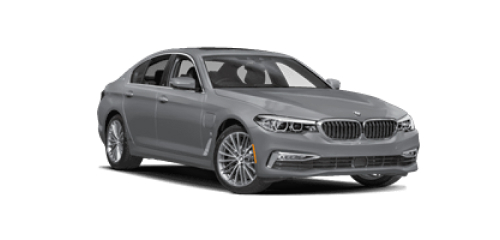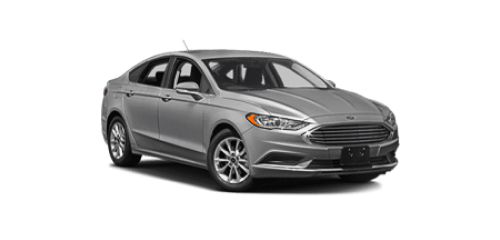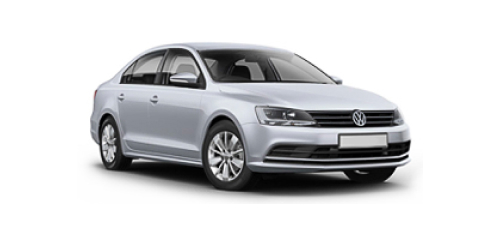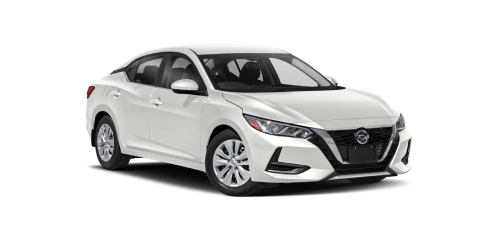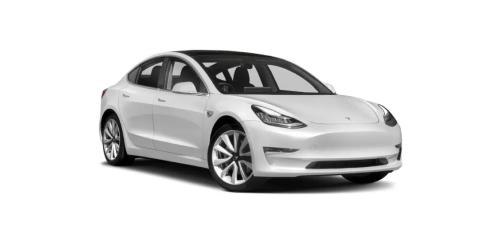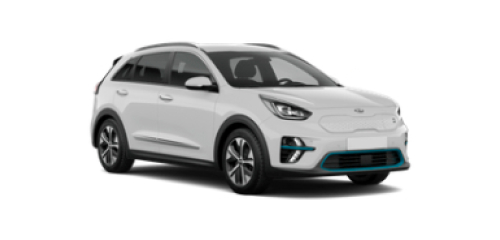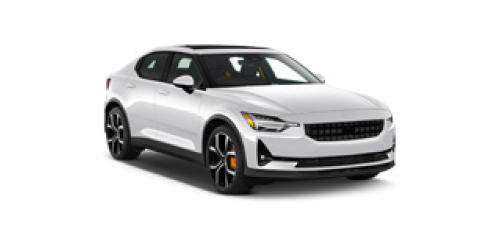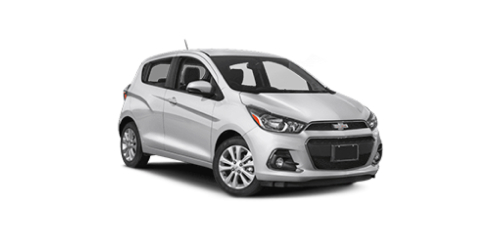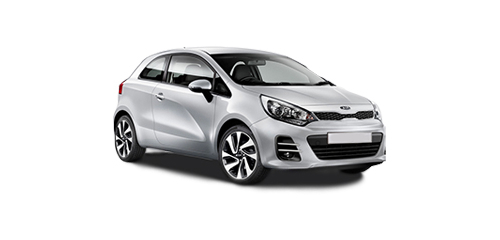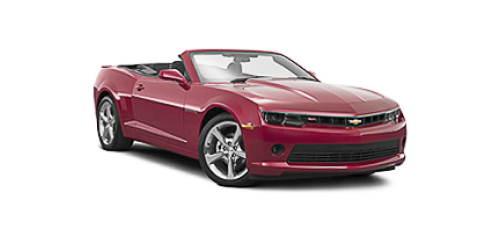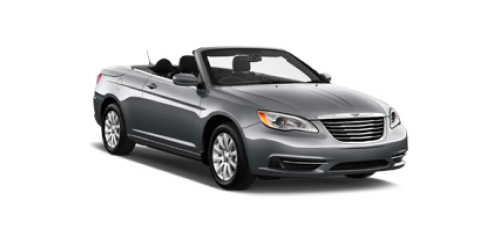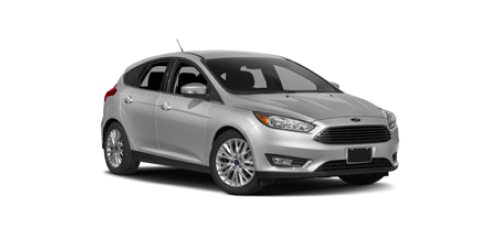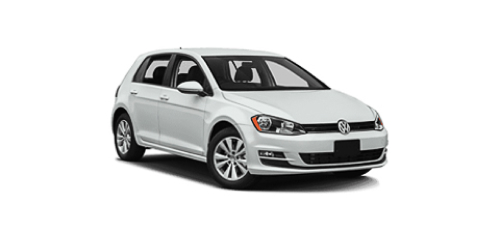- Home
- Europe
- United Kingdom
- London
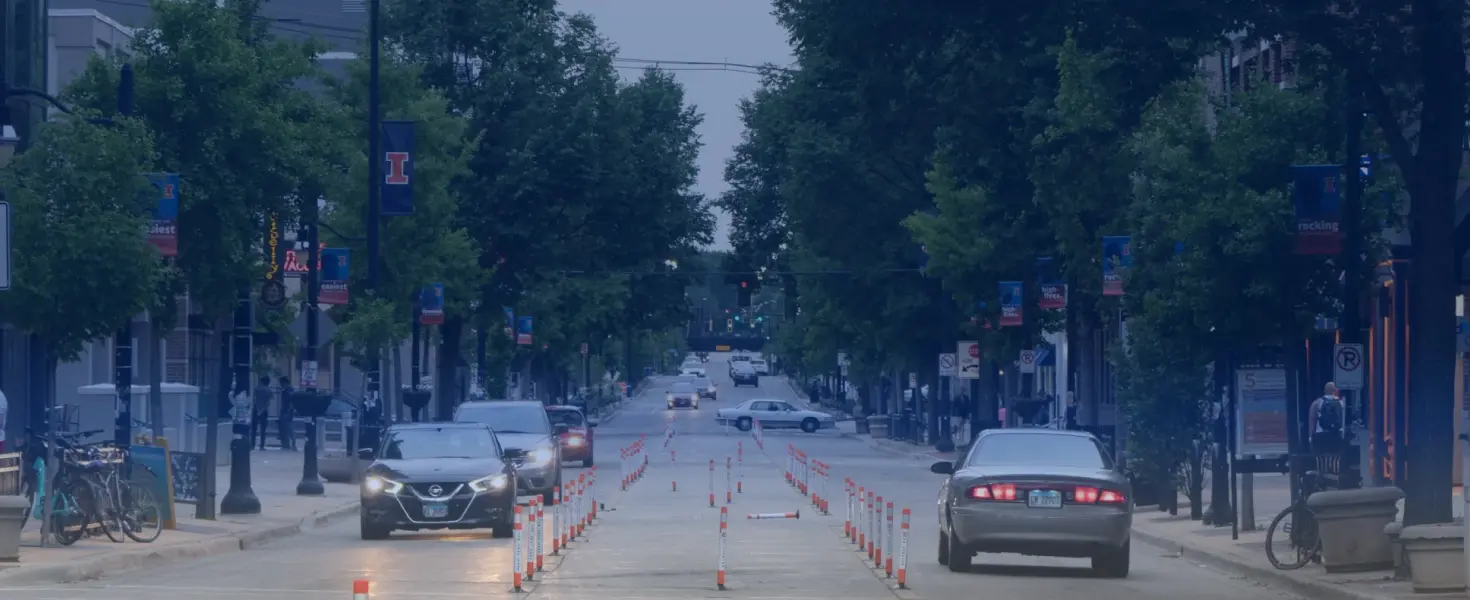
Cheap Car Rental in London

- Secured payment guarantee
- 4 million users
- Multi-language support
- Booking of any class cars
- 600 providers worldwide

Tips for renting a car inexpensively in London
Looking for a cheap car rental in London? With Economybookings, you can easily compare multiple providers to find the best possible deal across England. Whether you're planning to explore the capital’s iconic landmarks or take a drive into the surrounding countryside, a quick comparison can save you time and money.
- Compare pickup locations – Select the broader city instead of a specific location to unlock more deal options, including off-airport savings.
- Slightly adjust pickup times and dates – Even changing your booking by an hour can reveal lower rates.
- Choose economy or compact cars – These vehicle types are usually the most budget-friendly.
- Book early – Peak travel seasons like summer (June to August) and the winter holiday period often see higher prices, so reserving in advance helps secure better rates and availability.
Tips when renting a car in London
- Age, licence and documentation: you must be at least 23 in the UK and have had your licence for at least 1 year; however, many rental companies have a strict no under-25’s policy, and some suppliers allow drivers from age 21 in certain vehicle classes. Non-UK residents may also need an International Driving Permit, particularly if their licence has unrecognisable characters or script.
- Insurance and excess cover: basic rental usually, but not always, includes Collision Damage Waiver (CDW) and Theft Protection (TP). Independent excess insurance can often be cheaper compared to desk offers.
- Fuel policy: ‘Full-to-full’ (same-to-same) is the most common policy; ‘full-to-empty’ often results in inflated charges.
- Location and booking strategy: airport hires include premium surcharges; using off-airport locations in Zones 3 and 4 and shuttles can slash prices significantly. Book early and watch for price drops, as some sites allow free cancel-and-rebook to take advantage.
- Inspect, document, and dispute: do a detailed walkaround and check the bodywork, tyres, lights, and equipment. Photograph all existing damage and note on the rental form. On return, photograph again and get a signed checkout record to guard against post-return disputes.
- Car type: opt for a small car for easier parking and narrow roads.
- Hidden charges: watch for London Congestion Charges.
- Rent a car only if exploring outside the city: public transport is good in the centre.
Driving tips in London
- Drive on the left and overtake on the right.
- Roundabouts are common – give way to traffic coming from the right.
- Flash your headlights as a polite signal (e.g., to let someone pass), not as aggression.
- Horn use is rare; only use in case of emergencies or warnings.
- Stay in the left lane on motorways unless overtaking and don’t hog the middle lane. UK motorway hard shoulders are only for emergencies, unless part of a “smart motorway” scheme.
- Use parking apps like RingGo or JustPark to find/pay for legal spots in and around the city.
- Avoid yellow lines: single = time-limited, double = no parking anytime.
- Popular fuel stations: Shell, BP, Esso, Tesco (supermarkets often cheaper).
- Keep your license, rental papers, and insurance with you at all times.
- Driving while holding a smartphone or sat-nav in hand is illegal—£200 fine + 6 points. Your sat-nav must be in a proper holder within clear view.
- The M25 ring road circles Greater London and is useful for reaching suburbs, but expect heavy traffic during peak hours.
Speed limits
In the UK, speed limits are typically 30 mph (48 km/h) in built-up areas, 60 mph (96 km/h) on single carriageways, and 70 mph (112 km/h) on dual carriageways and motorways. London follows these national limits, but some areas, especially residential zones, enforce 20 mph limits. Always watch for posted signs, as limits can vary depending on local rules and road conditions.
Road signs
UK road signs follow international standards and are usually clear and well-placed. They’re primarily in English and use symbols for quick understanding. Speed limit signs are in miles per hour (mph). In London, look out in particular for signs marking bus lanes, no-entry zones, and school streets, which may have time-based restrictions.
- Regulatory signs: red-bordered circles for prohibitions, blue circles for mandatory actions, triangles for warnings; yellow signs for temporary or road works.
- Clean Air and emission zone signs: look for ULEZ/LEZ indicators, often with additional text explaining processing, times, and registration info.
- Congestion Charge: marked with a red “C” in a circle, painted on the road and displayed at entry points.
- Parking instructions: signs that explain Controlled Parking Zones (CPZ), “No waiting” vs “No stopping,” pay‑by‑phone codes or meter zones. Read these carefully.
Tolls and restricted zones
- Congestion Charge (Central London):
Applies 7:00 am–6:00 pm Monday–Friday and 12:00–18:00 weekends/holidays.
£15/day paid in advance or same day; £17.50 if paid by midnight three days later. Penalty £180 (reduced if paid quickly).
Exemptions: residents (90 %), Blue Badge holders, vehicles with nine+ seats and motorcycles. Electric car exemption continues only until end of 2025, after which EVs will pay full rate (with a 25 % autopay discount) from January 2026 onward. - ULEZ (Ultra Low Emission Zone):
Covers all of Greater London (inside M25), active 24/7.
Non-compliant vehicles pay £12.50/day; for coaches/HGVs £100/day. Enforcement through ANPR cameras. - Tunnels and river crossings:
Blackwall and Silvertown Tunnels now have tolls: peak £4/car, off‑peak £1.50 with Auto Pay. Free overnight. Discounts for low-income borough residents; exemptions for EV or Blue Badge holders.
Discover London by car
As the bustling capital of England, London offers something for all visitors and also functions as a base point for exploring the south-east of England. Within London, drive to peripheral attractions like Kew Gardens, Richmond Park, or Greenwich. Combine your car with Tube visits inside the various zones.
London license-holders may rent trailers (BE licence) for bike racks or caravans. Scenic drives like along the Thames from Richmond to Hampton Court or leafy suburban loops via Wimbledon and Kensington offer unexpected quiet paths even during the day.
When to Visit
London is a year-round destination, but the best time to explore by car is between June and September, when the weather is mild and the days are long. Travelling during the winter will allow you to enjoy some off-peak prices, but some of the smaller roads may be susceptible to black ice coverage, which makes for difficult driving conditions. Summers can exceed 30℃ and winters can be cold and wet, so make sure to pack appropriately for the time of year.
Languages & Communication
English is spoken everywhere in London. It’s a multicultural city, so you may also hear Urdu, Punjabi, Arabic, Chinese and various European languages in many neighbourhoods. Most signage is in English, and visitors rarely face language barriers.
Currency & Payments
London uses the British Pound (£). Credit and debit cards are widely accepted, especially contactless payments, which are common at fuel stations, parking machines, and tolls. ATMs are easy to find throughout the city and suburbs.
Top driving routes from London
London is perfectly located for some of Southern England’s most scenic drives:
- Beyond the city’s boundaries, London offers easy escapes with scenic drives under an hour away.
- A Thames-side loop from Richmond through Hampton Court to Walton-on‑Thames offers riverside roads and historic pubs.
- The route to Windsor via the A308 brings you to the castle and Great Park, then back along quiet Thames-side lanes.
- In the Surrey Hills, the A25 winds through charming villages like Shere and Dorking and provides the feel of the English countryside without lengthy travel.
- Heading east, you can cross the river via Dartford Crossing (using the Dart Charge), then explore Kent’s Garden of England in Canterbury and Whitstable.
- Pro tip: the Woolwich Ferry is a free, scenic alternative to the east London tunnels and tolls, which is ideal for avoiding charges and enjoying a short cruise on the Thames.
These routes are ideal for day trips or weekend escapes, with well-maintained roads and unforgettable views.
Experience the top locations with car rental in London
Opening hours
Address
Documents on pick-up
Credit Card
Take your credit card in the main driver`s name with a limit large enough to cover the excessPassport
Take your passportDriving License
Take your local and international driving licenseOpening hours
Address
Documents on pick-up
Credit Card
Take your credit card in the main driver`s name with a limit large enough to cover the excessPassport
Take your passportDriving License
Take your local and international driving licenseOpening hours
Address
Documents on pick-up
Credit Card
Take your credit card in the main driver`s name with a limit large enough to cover the excessPassport
Take your passportDriving License
Take your local and international driving licenseAll car rental in London
Discover the cheapest car rental in London
* Disclaimer: Prices displayed may not reflect today's rates.
What our customers say
It s cheaper than most and I was happy in the past. However economy rentals included companies in their suggested rentals that have terrible ratings. That is bad. When I replied I was worried about that they replied my review was confused. That is worse. See neg negative below. Nb I have previously given economy rentals good reviews so they should note my comments see below
thorsten stanley
At drop off Bradley greets you immediately and then checks the vehicle and helped us get in your bus to terminal 5, such a smooth transaction well done, stress free
Gary Cullingworth
The ease of pickup and when we had a car problem the ease of exchange of vehicles was seamless.
Bruce Talbot
Economy Booking is good with cheapest price for car rental but it comes to an issue which is the free cancellation couldn t get back cash but in return in the form of credit. This is not that user friendly.
Chei Teng Hee
As always , I was happy with the Deal I got from Economybookings, I shopped around various websites but as usual I ended up back with them again, it’s been the same now for quite a few years as they just seem to be able to outprice the other websites, plus they’re easy to deal with.
IAN CHAPMAN
Car rental companies in London
We have prepared a shortlist of top rental companies in London. To save both time and money compare offers on EconomyBookings.com to find the best deal.



Frequently asked questions
Explore Our Wide Range of Popular Car Types
Find exclusive special offers on popular car types and Save Big with EconomyBookings!
* Disclaimer: Prices displayed may not reflect today's rates.
* Disclaimer: Prices displayed may not reflect today's rates.
* Disclaimer: Prices displayed may not reflect today's rates.
* Disclaimer: Prices displayed may not reflect today's rates.
* Disclaimer: Prices displayed may not reflect today's rates.
* Disclaimer: Prices displayed may not reflect today's rates.
* Disclaimer: Prices displayed may not reflect today's rates.
* Disclaimer: Prices displayed may not reflect today's rates.
* Disclaimer: Prices displayed may not reflect today's rates.
* Disclaimer: Prices displayed may not reflect today's rates.
* Disclaimer: Prices displayed may not reflect today's rates.
* Disclaimer: Prices displayed may not reflect today's rates.

By signing up you agree to EconomyBookings Privacy Policy














